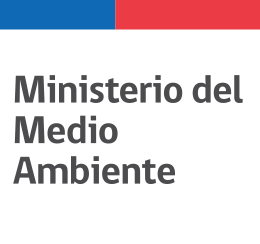Please fix your locality resolution (or locality accuracy or locality error). Too large an accuracy, or missing accuracy, means that the data are not incorporated into checklists for the smaller nature reserves and places, and cannot be used for conservation planning and red listing purposes.
Ideally we like it to be 2-5m accuracy, but often one is uncertain, or does not know quite where one was, in which case it might be 100s of metres. but please if you genuinely dont know exactly where you were dont make them too precise, even if it is to the nearest km or two.
You need to enter this in when you add your observations. It shows up as a circle showing the area in which you were where you are uncertain as to exactly where the point should be. You can enter the value directly in metres for the radius of the circle.
Please see how to enter these when uploading you data in this tutorial: https://vimeo.com/167431843
Here is your list of observations without Locality accuracy recorded:
https://www.inaturalist.org/observations?place_id=any&subview=table&user_id=suvarna&verifiable=any&acc=false
To fix it, please click Edit (up top) and type in the value in the "Acc (m)" box, and/or adjust the circle around your locality in the map. While at it please give a decent locality name (the Googlemap names are atrociously vague) - but be careful not to press "search" after entering the name as that will corrupt your coordinates.
and save ...
If you have lots, you will need to batch edit it: please see instructions here: https://forum.inaturalist.org/t/batch-updating-location-accuracy/11421 (Thanks Peter).
((please note: the app should record your locality accuracy automatically, if you take the photographs with the app. It wont if you add the photographs afterwards, in which case it needs to be manually inserted))




